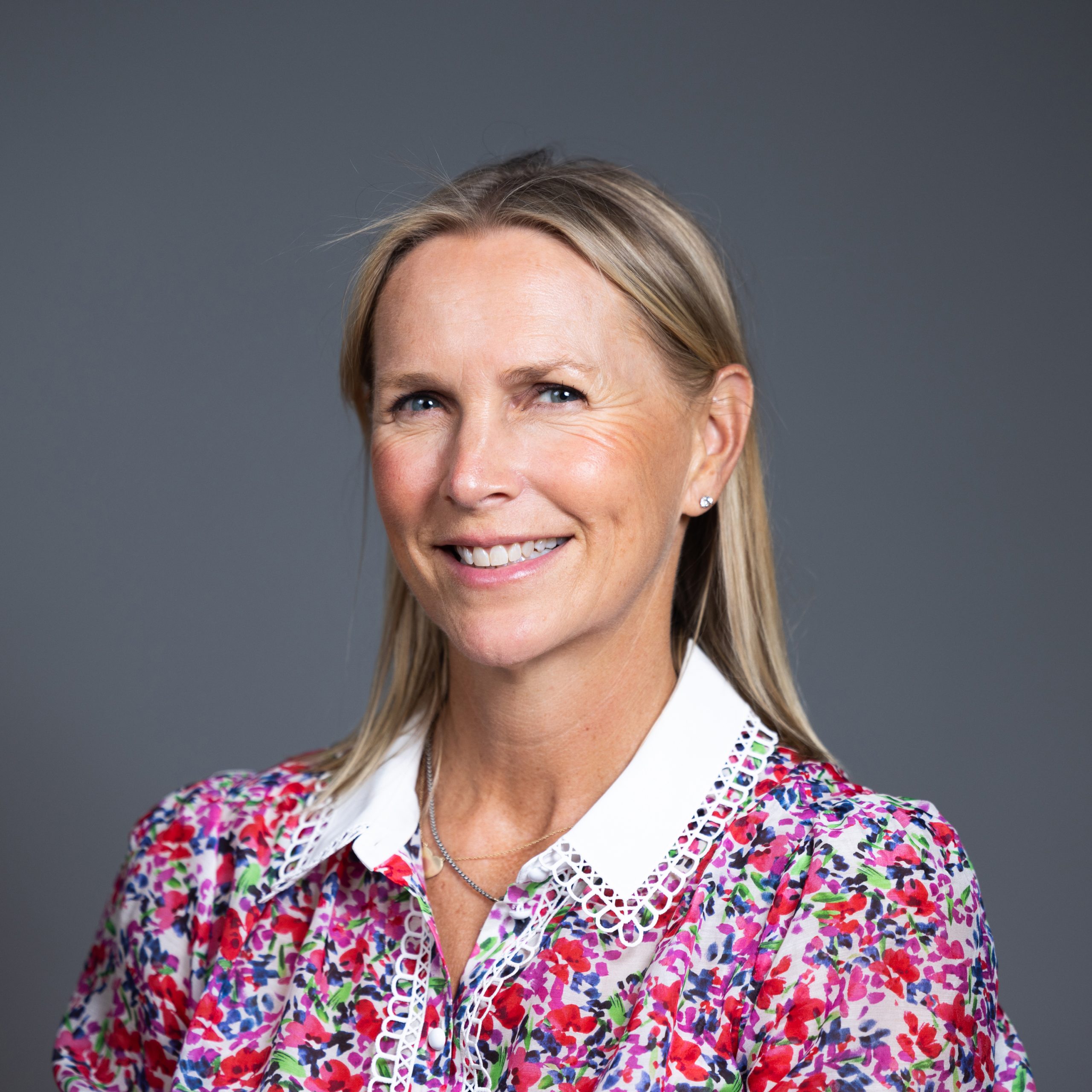|
Getting your Trinity Audio player ready...
|
The Environmental Protection Agency awarded the Houston Land Bank $5 million this week for the cleanup of the former Velasco trash incinerator site near Buffalo Bayou in Second Ward. The funds will aid in transforming the contaminated ash heap into a community park, while another awarded $500,000 will be used for further environmental testing throughout Houston.
This announcement comes after the city transferred the property to the Houston Land Bank last fall in order for the nonprofit to seek federal funding for cleaning up contaminated properties. The $5.5 million is part of the Biden Administration’s $300 million in grants meant for brownfields, or abandoned and contaminated land after industrial use.
“This is just one example of how we can really bridge public, private partnerships and streamline working together to serve our mission for Houston,” said Christa Stoneham, CEO and President of the Houston Land Bank. “Overall, environmental and climate justice is absolutely the focus of the land bank. We are hoping to correct and heal so much of the hurtful things that took place in these communities.”
From the 1920s to the 1960s, the Valesco incinerator burned city household trash, emitting plumes of smoke and creating mounds of toxic ash around the site. The abandoned property was long considered an environmental justice issue, one that highlighted a history where industry was built disproportionately in communities of color, like Second Ward.
Soil and groundwater samples tested in 2006 found elevated levels of heavy metals, such as lead and arsenic, volatile organic compounds and dioxins – all of which can cause severe health effects.
The funding from the EPA would be used to clean up the ash and cap the property – meaning covering the contaminated land with clean clay and soil. The funding can only be used for this remediation. The rest of the park – lighting, grass, trees – will need other funding.
The other $500,000, which will be used for further environmental testing, can be conducted at other contaminated properties in East End and Northeast Houston.
Jessica Castillo-Hulsey, a community leader and resident in Second Ward, said that remediating the property was a long time coming for the community.
Involvement of the community in the project is an important component of the project and a condition to which the city sold the property to the Land Bank. HLB must work with local stakeholders and the second ward neighborhoods to create a green space that works for the local community.
“Public spaces at no cost are so important for us in Second Ward,” she said. “When we do identify good green spaces for the community, we need to make sure they are safe and clean for our children. I have a toddler granddaughter and I want her to have a good space to play, but also not have to worry about contamination.”
The site cleanup will take four years or longer. However, the city is giving the Land Bank a maximum of five years. The estimated cost is between $5 million and $7 million, but will require long-term monitoring for years after.
Once the property is cleaned up, the Land Bank will sell to another partner – which should eventually be the Buffalo Bayou Partnership as a part of its ongoing efforts to transform the area from a previously industrial neighborhood to parks, hike and bike trails and community spaces.
“Finally, my neighborhood can have the chance to enjoy nice, beautiful spaces,” Castillo-Hulsey said. “This community has put in a lot of time and sweat into this area, into our home, and it’s time to start moving forward.”


